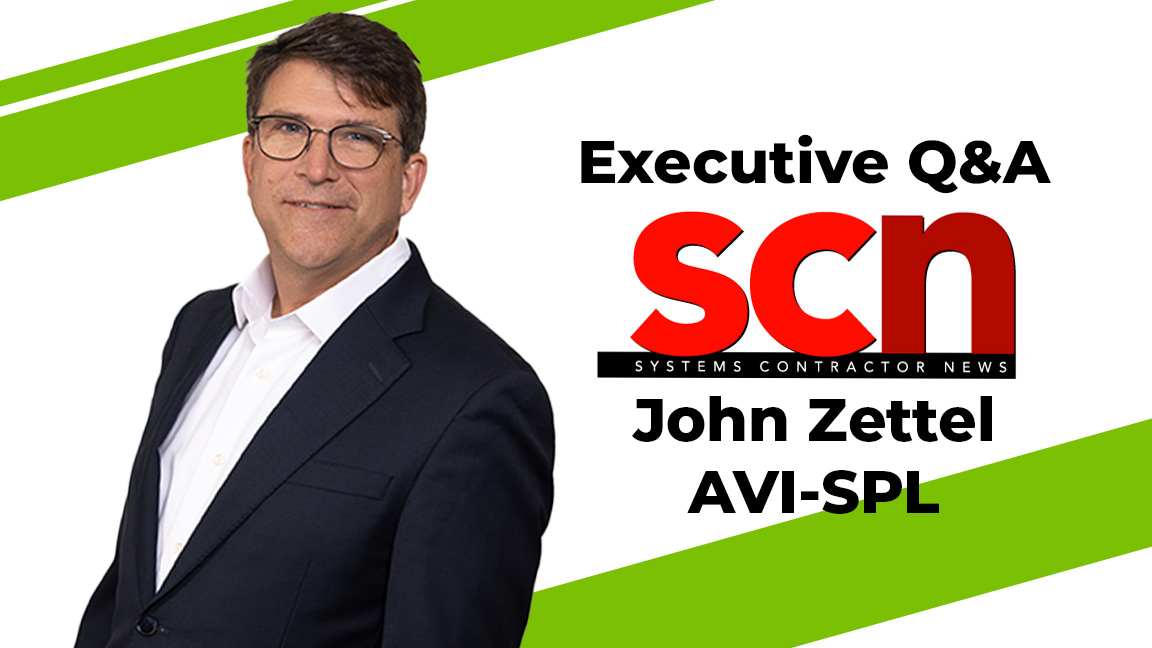Devil Rays Get New Sound System

- ST PETERSBURG, FL-Tropicana Field had a 17-month, $85 million facelift completed in 1998 that transformed the facility from functional to innovative, incorporating baseball traditions throughout the dining, shopping, and entertainment complex.
- The latest step since the refurbishment, was a sophisticated sound system providing much higher power, and clarity with even distribution from top to bottom of the 41,000-capacity, 300-foot high bleacher ring. The major design obstacle was the stadium's sheer size and height-the top catwalk is over 300 feet from the ground, while the catwalk that the PA had to be suspended from is a towering 180 feet above ground level.
At the Tropicana Field in Tampa, six 12-cabinet arrays of Renkus-Heinz PN102/LA self-powered, wide-dispersion enclosures are flown above the Devil Rays playing ball below. The cluster's cages are suspended at 80-foot intervals from circular catwalks. Without using any kind of chain hoist, everything is permanently installed.
The SportSound division of Daktronics, led by system specialist Doug Dodge, devised a distributed system based around six 12-cabinet arrays of Renkus-Heinz PN102/LA self-powered, wide-dispersion line array enclosures, connected via a CobraNet fiber optic network. The PN102/LA has the benefit of providing wide horizontal dispersion, a genuine 150 degrees. The system's naturally wide dispersion made it practical to achieve even horizontal coverage across the entire ring of bleacher seats with just six loudspeaker arrays.
Getting them in the air was another matter, as Doug Dodge explained: "There was no practical way to directly hang the line arrays where they needed to be, or to have any hope of ever servicing them, so we had to design cages and lifts to do this."
The final ingredient was a number of Renkus-Heinz PowerNet PN121M self-powered infill speakers to cover the last rows of extreme upper deck seats, along with a few more as under-balcony infills in the outfield.
Dodge said, "The PN102/LAs were the perfect choice for a project like this because they're not intended as a very long-throw system, but have this perfect 150-degree dispersion. With the line arrays 80 feet apart the sound is seamless as you walk around, a beautiful sound."
The fiber optic distribution means SportSound had to run a lot less cable than with conventionally-powered loudspeakers. While the system makes full use of the stadium's existing front end, with an extensive system of consoles and input locations, SportSound also specified a Biamp Audia for main system processing.
A daily selection of the top stories for AV integrators, resellers and consultants. Sign up below.
The AVNetwork staff are storytellers focused on the professional audiovisual and technology industry. Their mission is to keep readers up-to-date on the latest AV/IT industry and product news, emerging trends, and inspiring installations.
